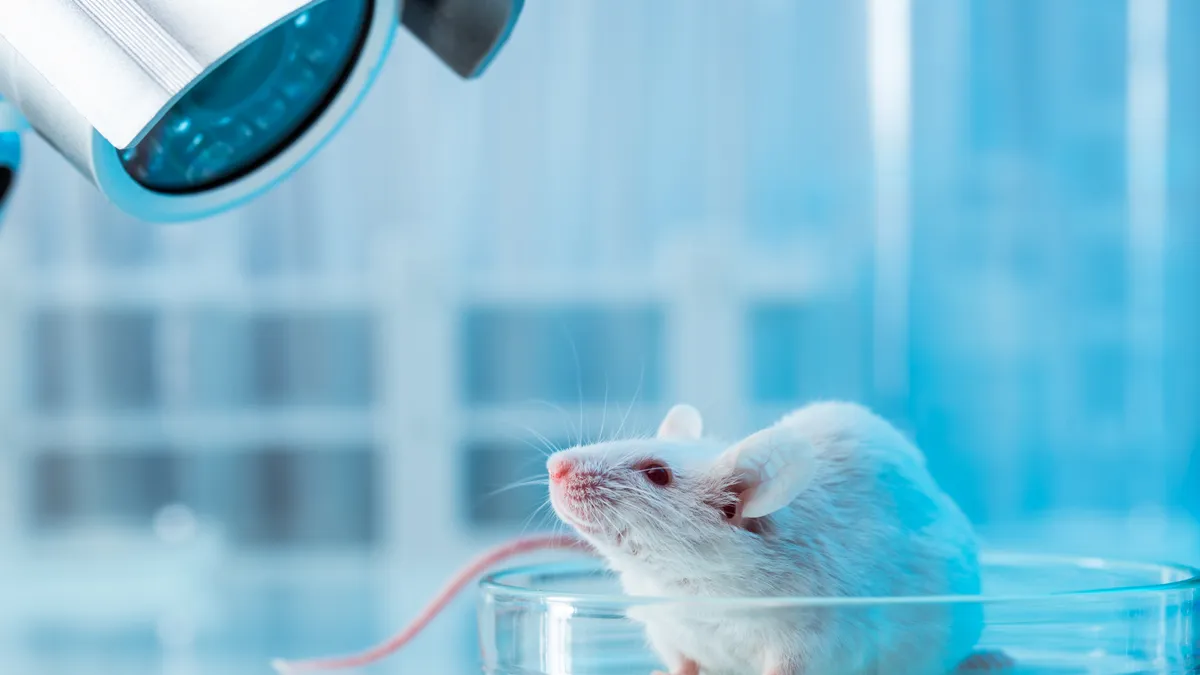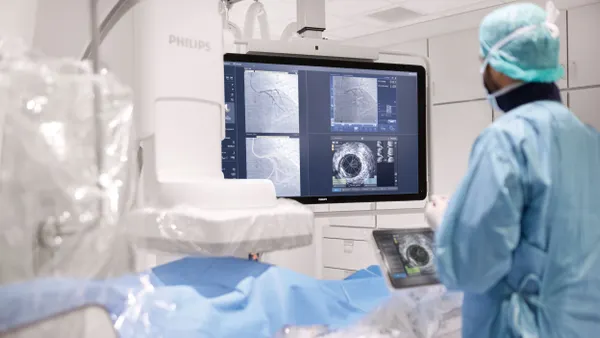Dive Brief:
- Bubble-based microrobots have navigated to the bladders of mice, attached to the surface of the organ and slowly released a medicine, pointing to their potential as drug delivery vehicles.
- The project, details of which were published in the journal Small, improved on most microrobots by creating vehicles that swim in different directions, rather than just moving straight ahead, and that adhere to soft tissues.
- Potential applications of the technology include the treatment of painful bladder syndrome, a condition that is currently managed with multiple injections into the bladder through a catheter.
Dive Insight:
Multiple research groups have created remotely powered microrobots with potential uses in diagnostics and drug delivery. However, the microrobots typically swim in straight lines and are unable to stick firmly to soft tissues. The shortcomings make it hard for the vehicles to navigate biological environments and mean they would be expelled from the bladder with urine even if they reached the target organ.
Seeking to overcome these limitations, a team at the University of Colorado at Boulder used biocompatible polymers to create vehicles that contain a small bubble of trapped air and have three asymmetric fins on their exterior. Applying ultrasound to the microrobots causes the bubbles to vibrate and propel the delivery vehicles. As that happens, the fins cause the rapid rotation of the microrobots.
Because the microrobots move quickly, traveling at up to 150 body lengths per second, and have sharp fins, they can mechanically pin themselves to the bladder epithelium with enough force to withstand shear stresses equivalent to urination.
To test the microrobots, the researchers loaded the devices with dexamethasone, a steroid used to treat inflammatory diseases, and administered them to mice. The preclinical study showed the microrobots stuck to the bladder wall and slowly released dexamethasone for two days.
While the researchers see potential for the devices to make the treatment of painful bladder syndrome easier and more comfortable, they note that work needs to be done before the microrobots are ready for use in humans. Notably, the team wants to make the devices biodegradable so they dissolve in the body over time.












